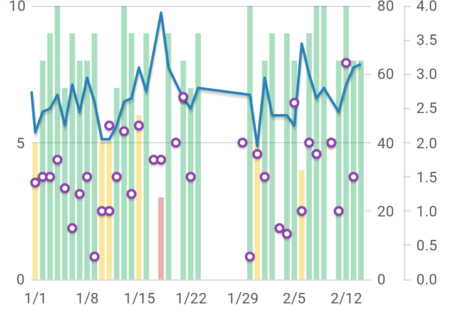As your training routine for the new year is probably getting more established, it might be a good idea to consider some recovery metrics to better manage your training routine.
Often we have the feeling that we need to hammer out every workout that’s on our plan. With work and family added into a busy training routine, we sometimes miss out on the recovery we need. Sometimes our fitness and training can be better served by taking it easier than might be planned. In order to reach our performance goals, we need to stay healthy and injury-free.
Let’s look at some metrics to track and what they mean. I’m of the opinion that metrics should be used in conjunction with each other, as a single metric by itself isn’t always the best indicator, but utilizing several together can give you good insight into how your body is responding to the stress of training (and life!)
Sleep and sleep quality.
Getting adequate sleep is critical to being healthy for everyone, athlete or not. If you are an athlete and had a really bad night’s rest for some reason, it might be best to modify the workout or move it to a day you are more rested, especially if it is a quality workout. I recommend keeping track of your sleep patterns to know how much you personally need.
The simplest way to track is just record duration and quality in a spreadsheet or use training software such as TrainingPeaks in the metrics section.
I take it a step farther and use an app called Sleep as Android which tracks sleep duration, how much deep sleep, REM, and light sleep, among other things. Each morning I give my night’s sleep a subjective rating and add tags relating to the previous day so I can look for trends.
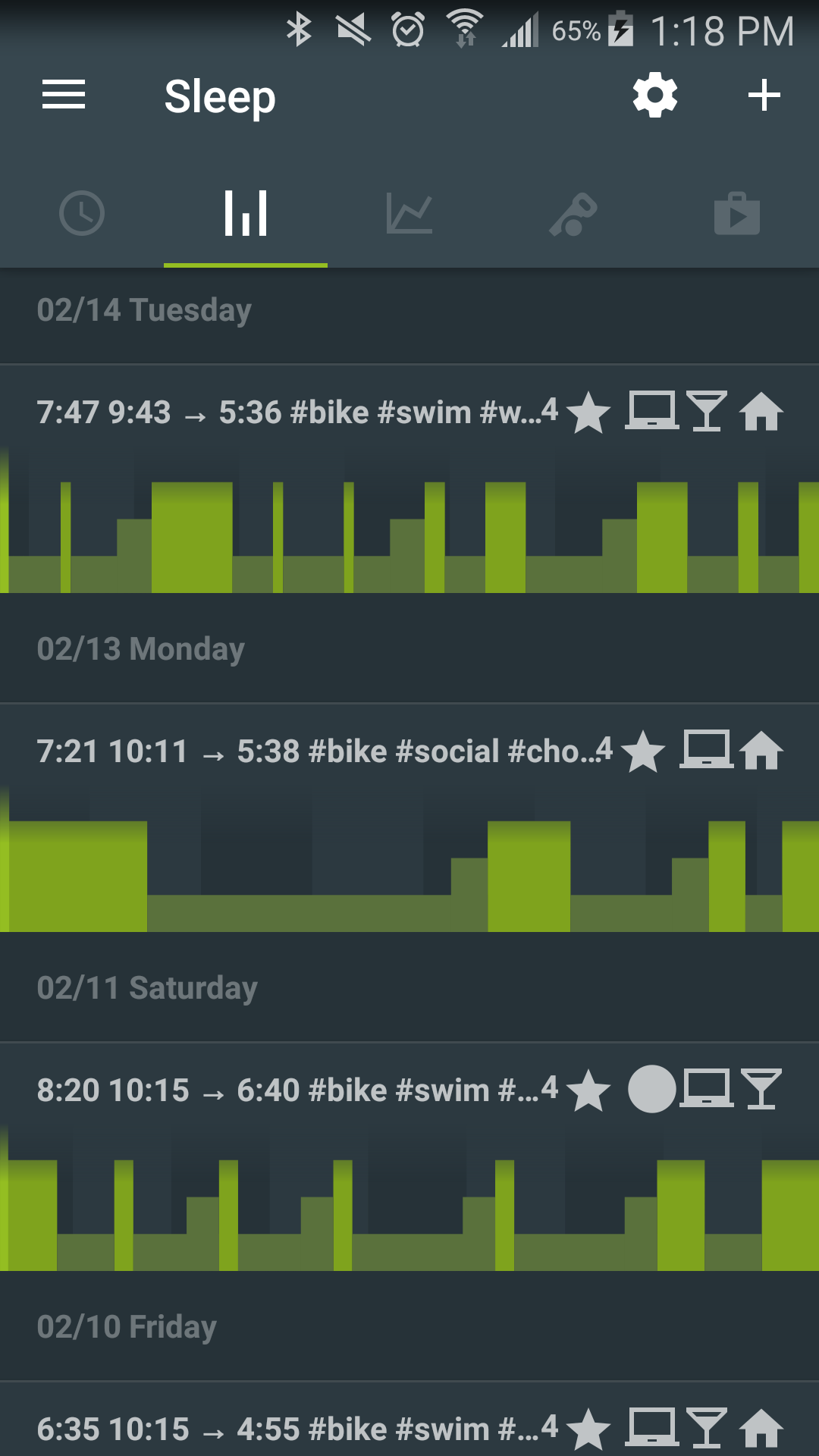
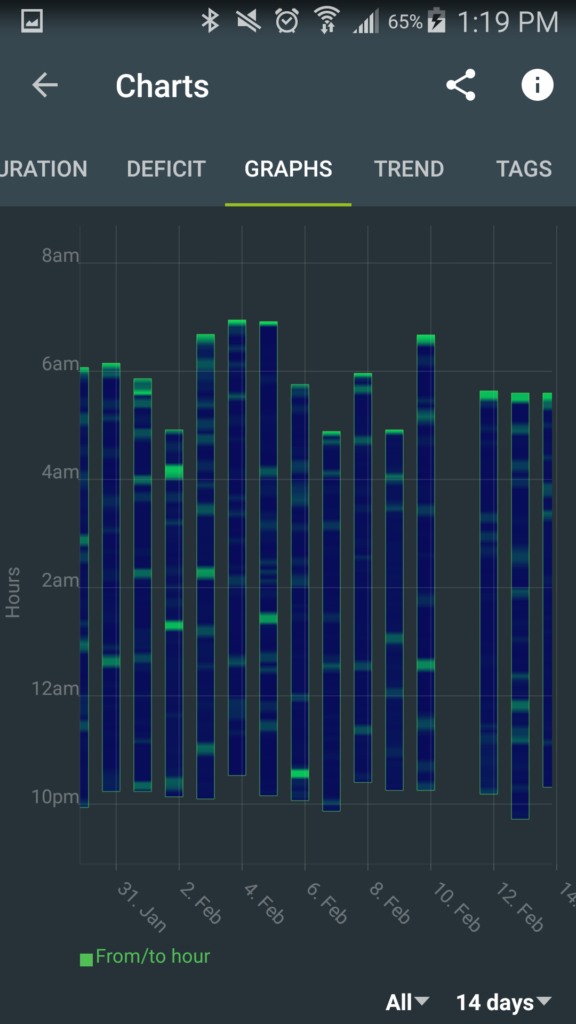
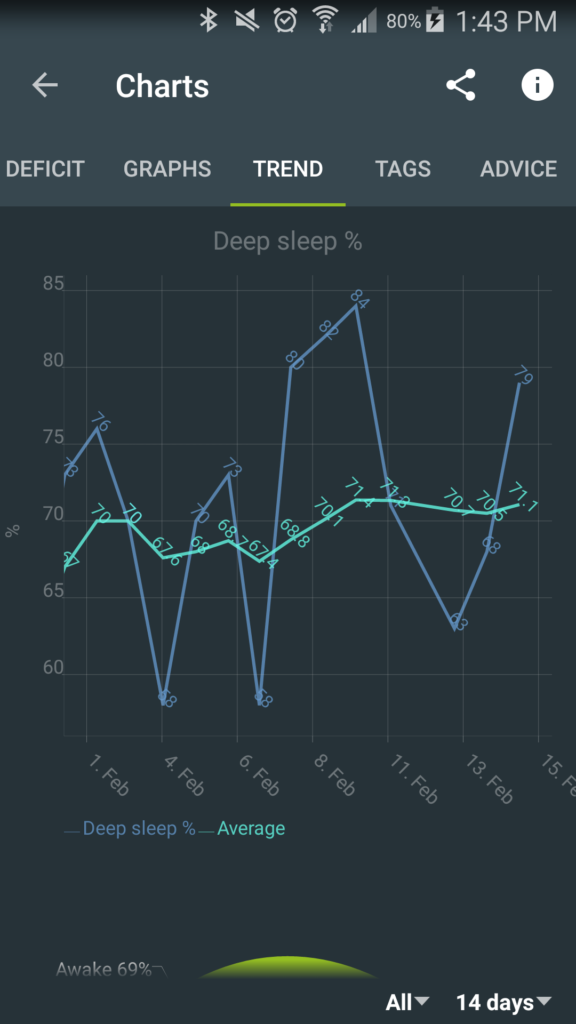
Sleep is important for everyone! Make sure you’re getting enough sleep for you, and tracking it is a great way to start.
Resting heart rate.
This is the old school way to gauge recovery. You can measure this either right after you go to bed, when you are nice and relaxed, or first thing in the morning. Over time you’ll see a trend where it typically resides. It’ll vary a couple beats here and there, but if you see a noticeable shift from your trend, you might consider being cautious about your training that day and consider why it might be high. The higher it is from your normal trend, your body is working harder for some reason (a very hard training session the day before, illness or dehydration) so straining it more with a workout may make things worse.
A variation on this is to take your pulse lying down and then stand up and take it and see how it shifts after 90s to 2min. Again, over time you’ll get a trend of what these values are. Changes in the difference of these two values, usually your standing heart rate is higher than usual, and that is an indication you may need some recovery time.
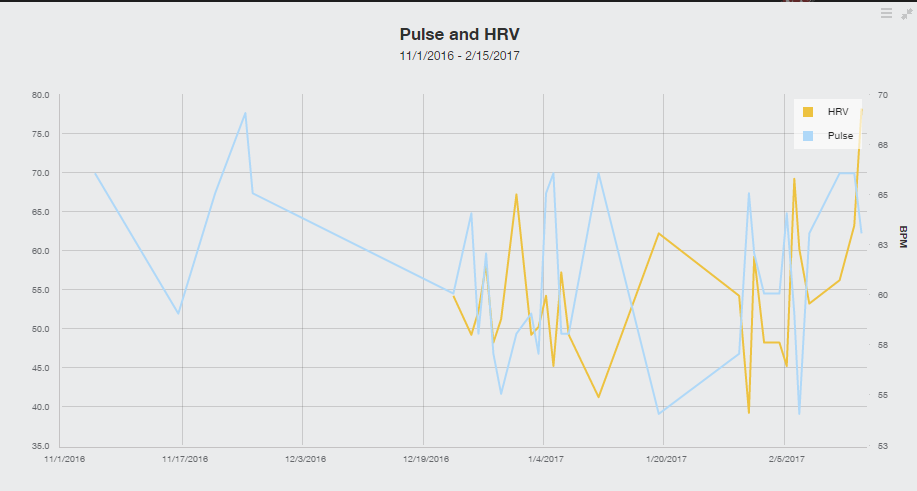
Heart rate variability.
This is a new player on the scene over the last few years. For this you need a good heart rate strap and/or an app on a smartphone. I use Elite HRV for my Android.
First, what is Heart Rate Variability? Even though our pulse is, say, 55bpm, the time between beats is not evenly spaced. Remember, our beating heart is an automatic process. It’s controlled by both the sympathetic and parasympathetic nervous system. The less variability you have between beats, the more your sympathetic nervous system (stress system) is helping control your heart rate. The higher the variability, the more the parasympathetic system (relaxing system) is in control. Large deviations from your normal trend may indicate it’s time a rest day. (More about HRV from the Elite HRV website.)
Of the metrics I’ve mentioned, HRV is the most complex to interpret, but HRV apps can do a lot of the thinking for you. Elite HRV calculates a “Morning Readiness” score from today’s data and your HRV trend. HRV trends are more important than the actual value, as everyone will be different. There are other apps out there such as ithlete and HRV4Training with options to use the optical sensor on the phone instead of a strap.

If your goal is to stay healthy and perform your best, taking the time to record a few recovery metrics is well worth it. Taking multiple metrics into account as well as more subjective ones such as mood, fatigue, motivation, stress levels, which can all be easily charted in TrainingPeaks can help you tweak your weekly schedule so that you get the most out of your training. Know if you need that rest day before you get extremely fatigued, sick, or injured.
How do you manage your recovery? Comment below!

